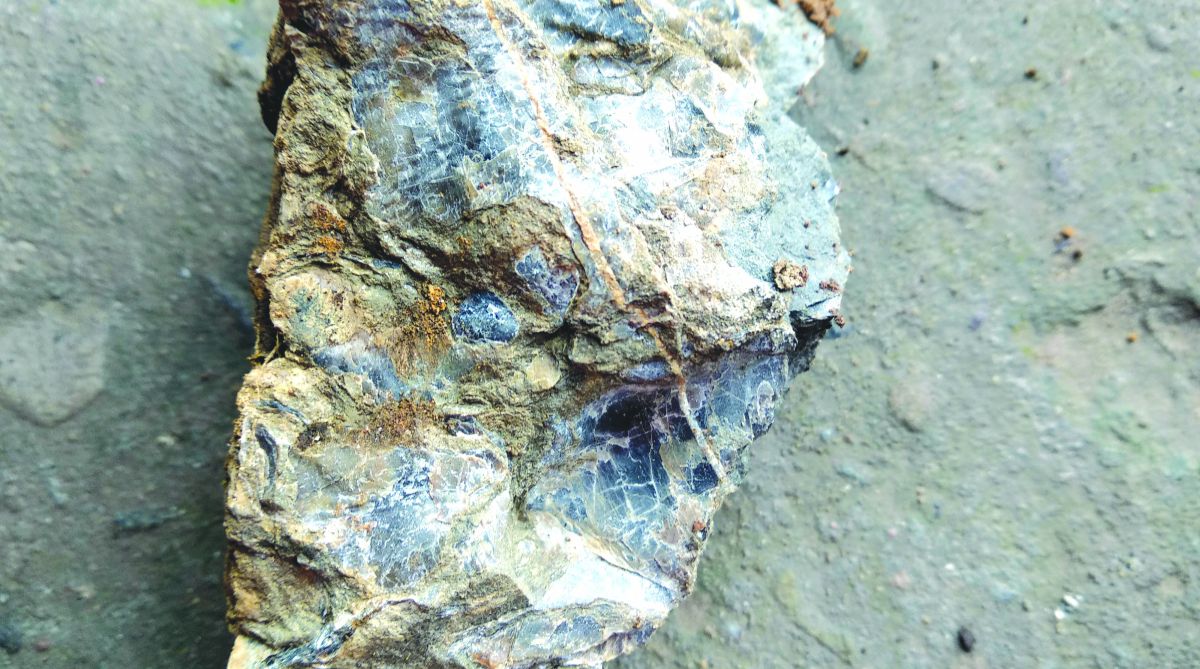Traffic disruption and damage to some vehicles apart, a landslide in Dharampur (Solan) last month end on national highway between Shimla and Chandigarh has incidentally opened a treasure of the past for geologists.
A noted hydro-geologist from Kasauli in Himachal Pradesh, Dr Ritesh Arya claims to have stumbled upon marine fossils of oysters, bivalves and gastropods at the site of the slide.
Advertisement
“All were well exposed in huge quantities in debris and are supposed to be 40-45 million years old,” he said.
Dr Arya holds the Guinness Book of World Record for drilling the highest borewell and is currently director of water and geothermal section with International Sustainable Energy Organisation Geneva.
“The landslides are destructive, but they sometimes expose the wealth of fossils. So, while I was on way to my home in Kasauli, I thought of visiting the slide zone and to my surprise, I found these fossils,” Dr Arya told The Statesman.
“This was interesting as now you are walking on the marine sequence. This means that if we reconstruct the paleo environment based on these fossils, one would confirm shallow marine environment at the time of formation of these fossils. Since these belong to upper part of Subathu Formation so their age is 40-45 million years,” the hydro-geologist shared.
He said on further investigation, he found an interesting rock where fossil food and mollusc were found.
Dr Arya said prior to this work and chance discovery nowhere in Himalayas the fossil, wood was found in marine sequence.
The scientist said finding the fossil wood together in the same rock is an indicator of paleo- deltic conditions. “This, however, explains only the presence of bivalves and woods in separate environment. Their presence in the same rocks could be explained only if there was a paleo flooding event induced due to global warning in the past- which not only uprooted the trees, but transported them through the rivers in deltas and across the deltas into ocean,” he exhorted.
“That is why we are today seeing them in the same rock,” he added. “The fossils discovered in Dharampur landslide are important as they clearly show that till 39 million years, Himalayas were not born and the Tethys sea was still separating India from China.
Dr Arya, who did his Ph.d on fossils from Kasauli and is surrounding areas and is making a small museum in Kanu near Dharmapur, where he plans to keep his fossil collection for the tourists and general public visiting this area.
He had earlier saved a 20 million years old fossil of a tree, which was uprooted near Parwanoo in Solan district during the fourlaning of national highway in 2016.









